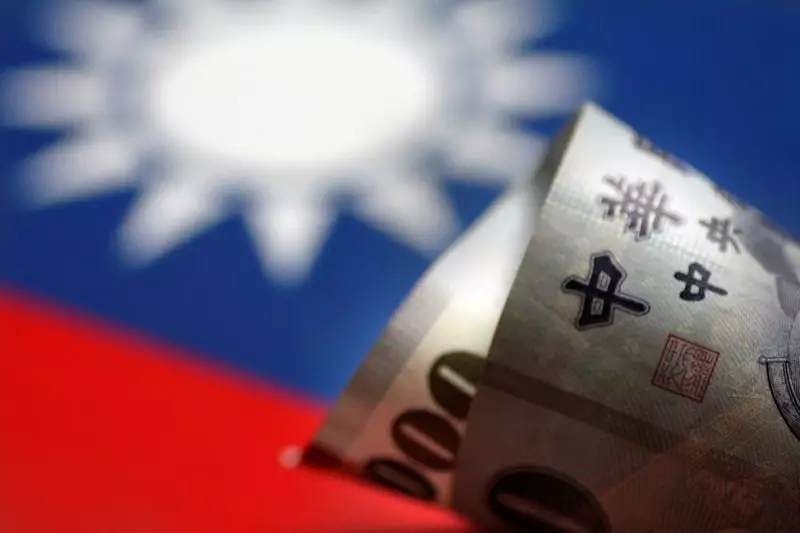The recent comments made by U.S. Republican presidential candidate Donald Trump regarding Taiwan paying the U.S. for defense supplies have created uncertainty and unease in the Asian currency markets. Both the Taiwan dollar and the Chinese yuan have been negatively affected, with fears of a potential Trump presidency worsening U.S.-China relations. Trump’s history of imposing tariffs on China has sparked concerns over the possibility of a renewed trade war, causing traders to shy away from Chinese markets.
The Japanese yen has remained relatively weak compared to its regional peers, with the Bank of Japan intervening in currency markets to support the currency. Despite recent recovery, the yen still faces pressure from a dovish outlook for the BOJ and a widening gulf between U.S. and Japanese interest rates. The yen’s stability in the face of lower U.S. interest rates highlights the ongoing struggle to maintain competitiveness in the global currency market.
The prospect of lower interest rates in the U.S. has had a mixed impact on Asian currencies. While the Australian dollar and New Zealand dollar have seen modest gains, the South Korean won and Indian rupee have faced challenges. The Reserve Bank of New Zealand’s indication of a potential rate cut has influenced the New Zealand dollar’s performance, while the Indian rupee continues to hover near record highs, indicating ongoing volatility in the region.
The overall outlook for Asian currencies remains uncertain, with the dollar index and dollar index futures showing minimal movement in Asian trade. The speculation surrounding a Trump presidency and the potential impact on U.S.-China relations have added to the volatility in the market. Traders are closely watching for any signs of interest rate cuts by the Federal Reserve, with expectations of a 25 basis point cut in September already priced in.
The Federal Reserve’s stance on interest rates continues to shape the performance of Asian currencies, with concerns over geopolitical tensions and trade relations adding to the market volatility. Traders are navigating through a complex landscape of central bank interventions, economic data releases, and political developments to gauge the future direction of Asian currencies in the global market.

